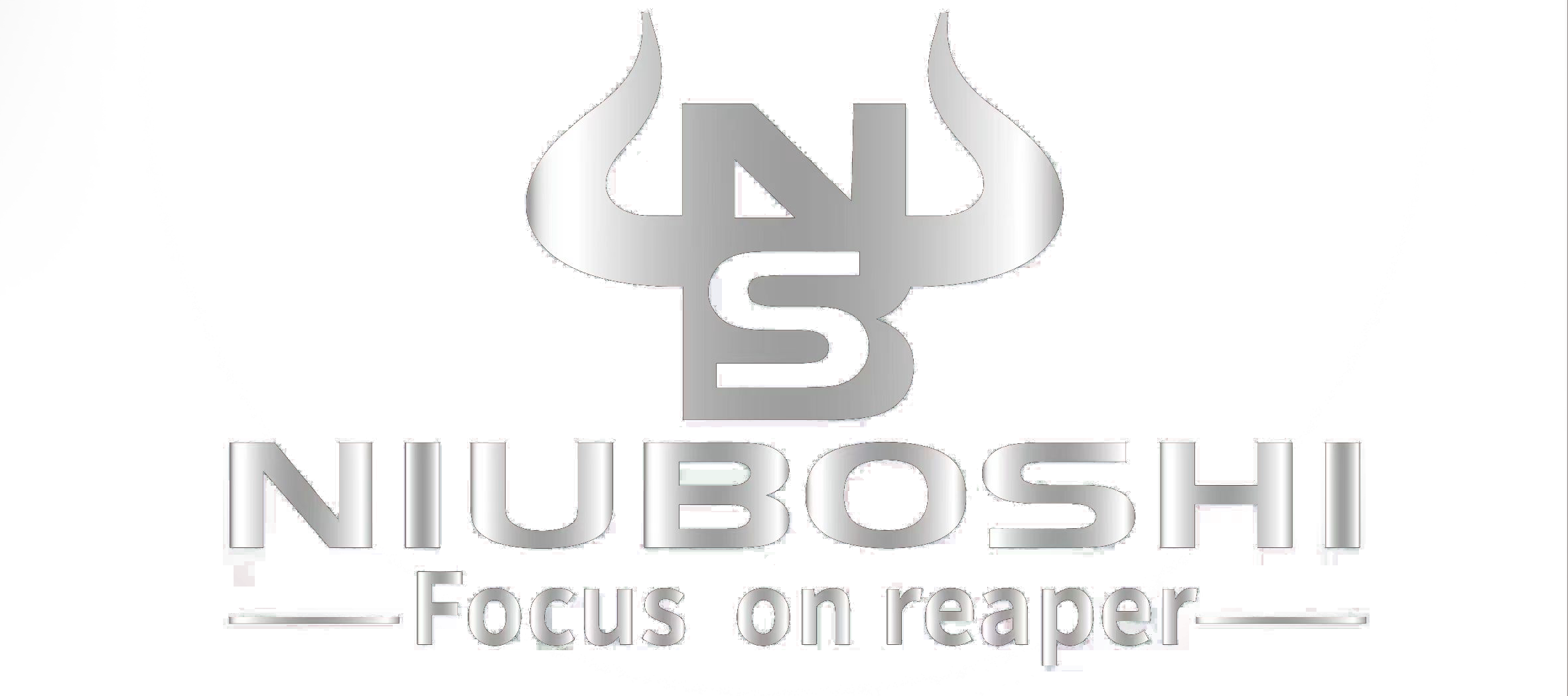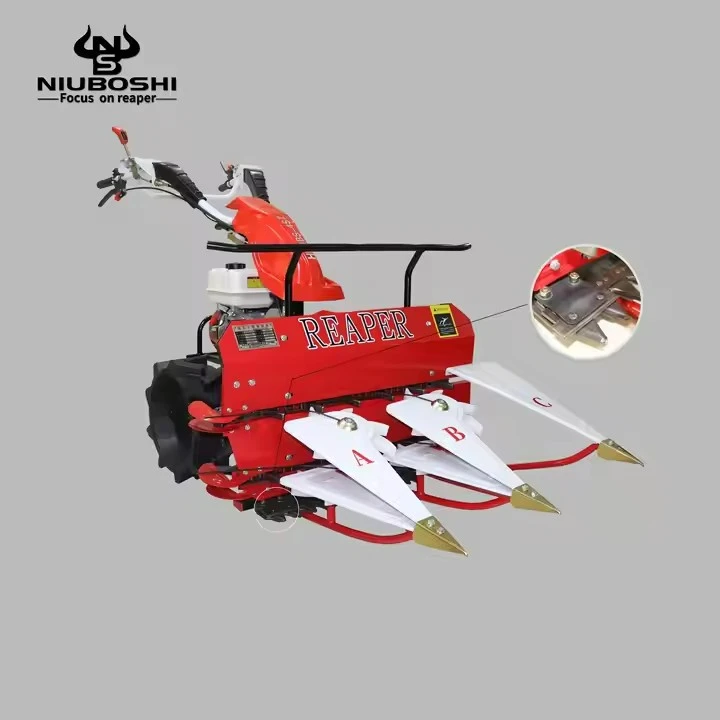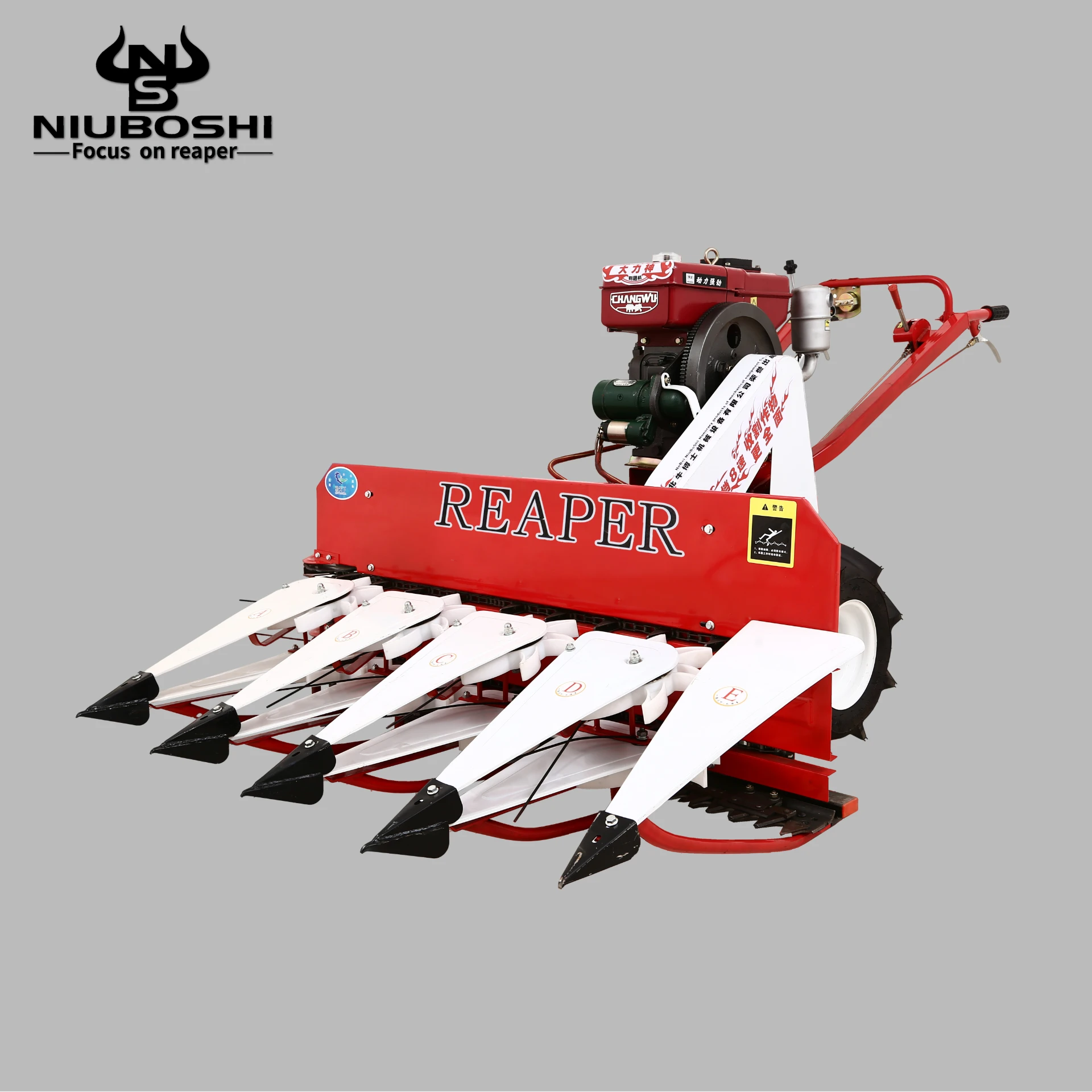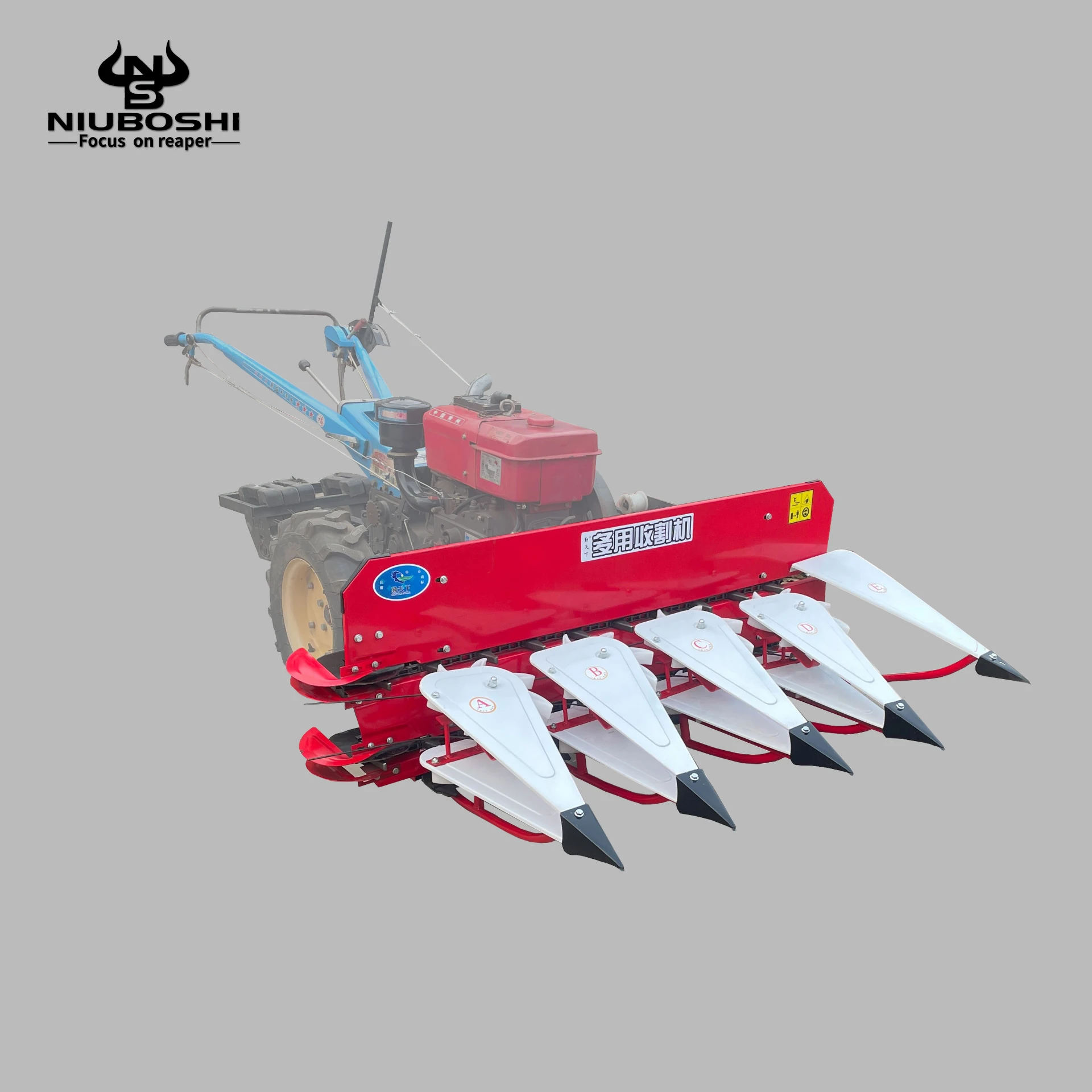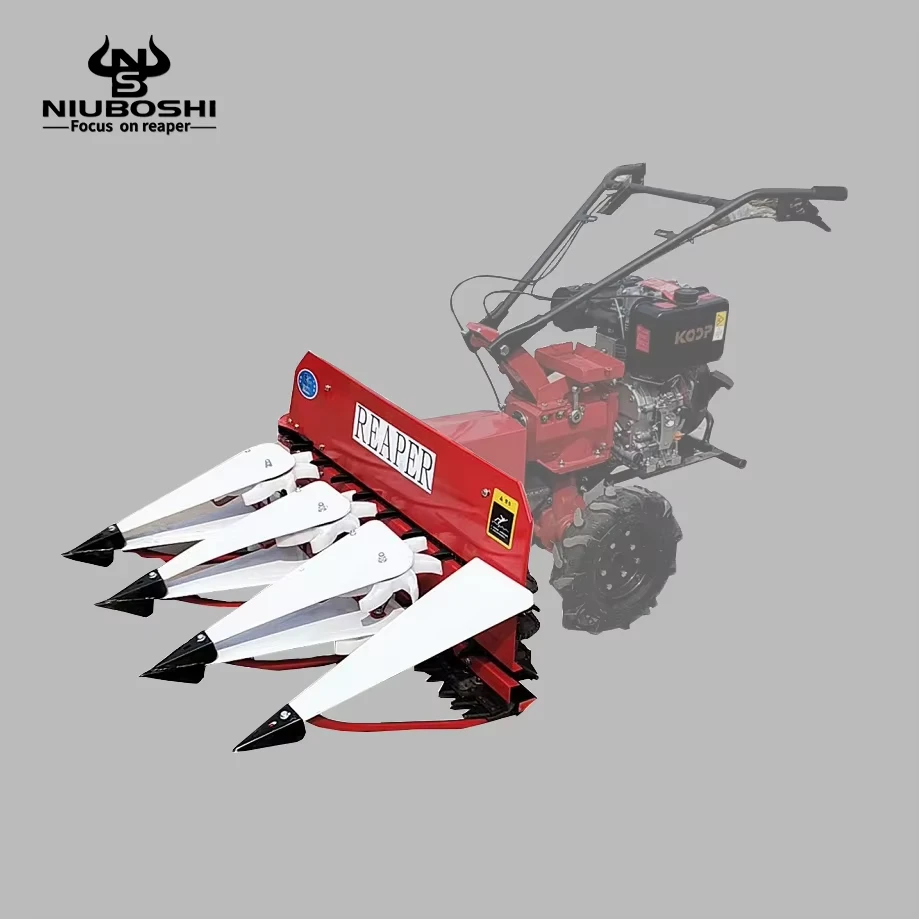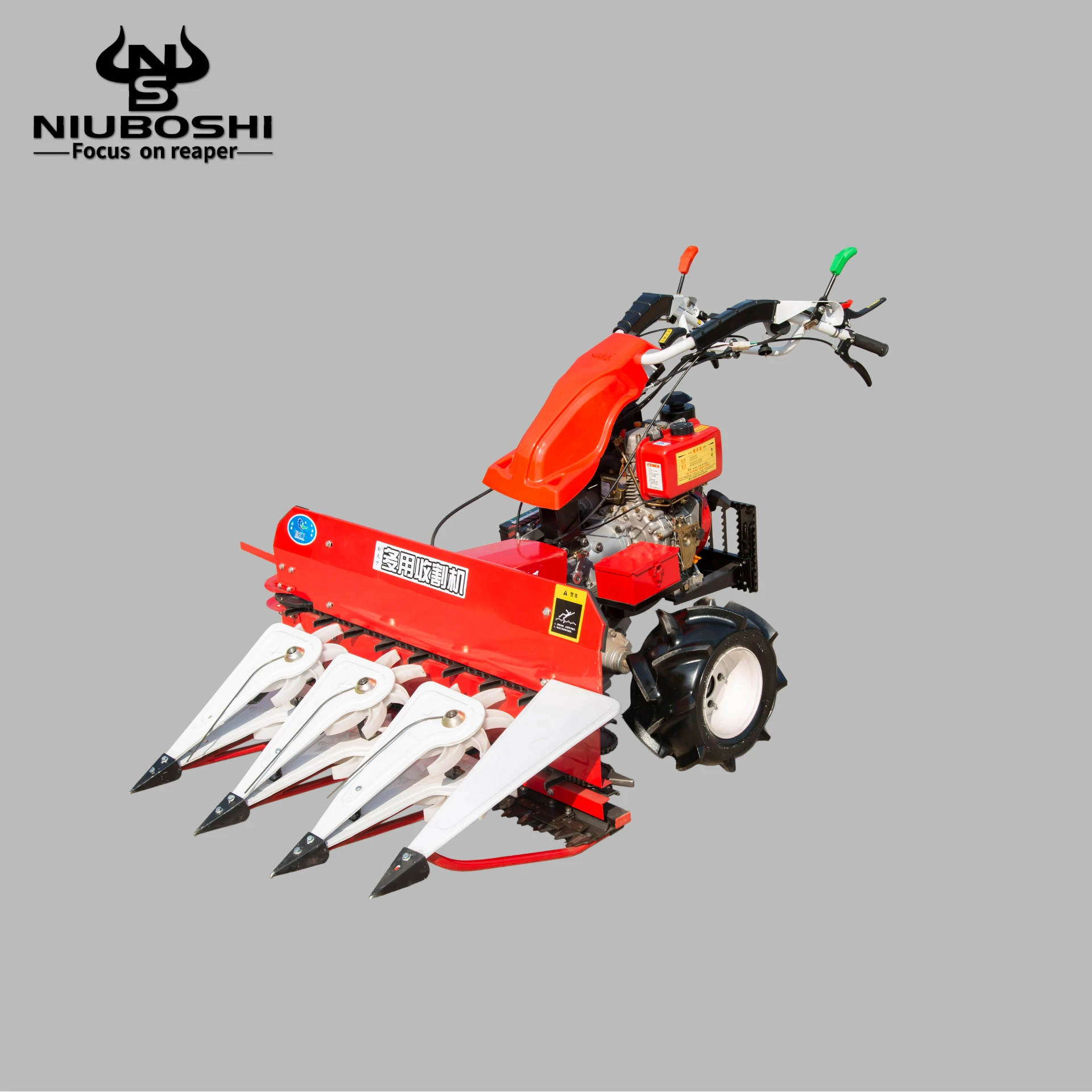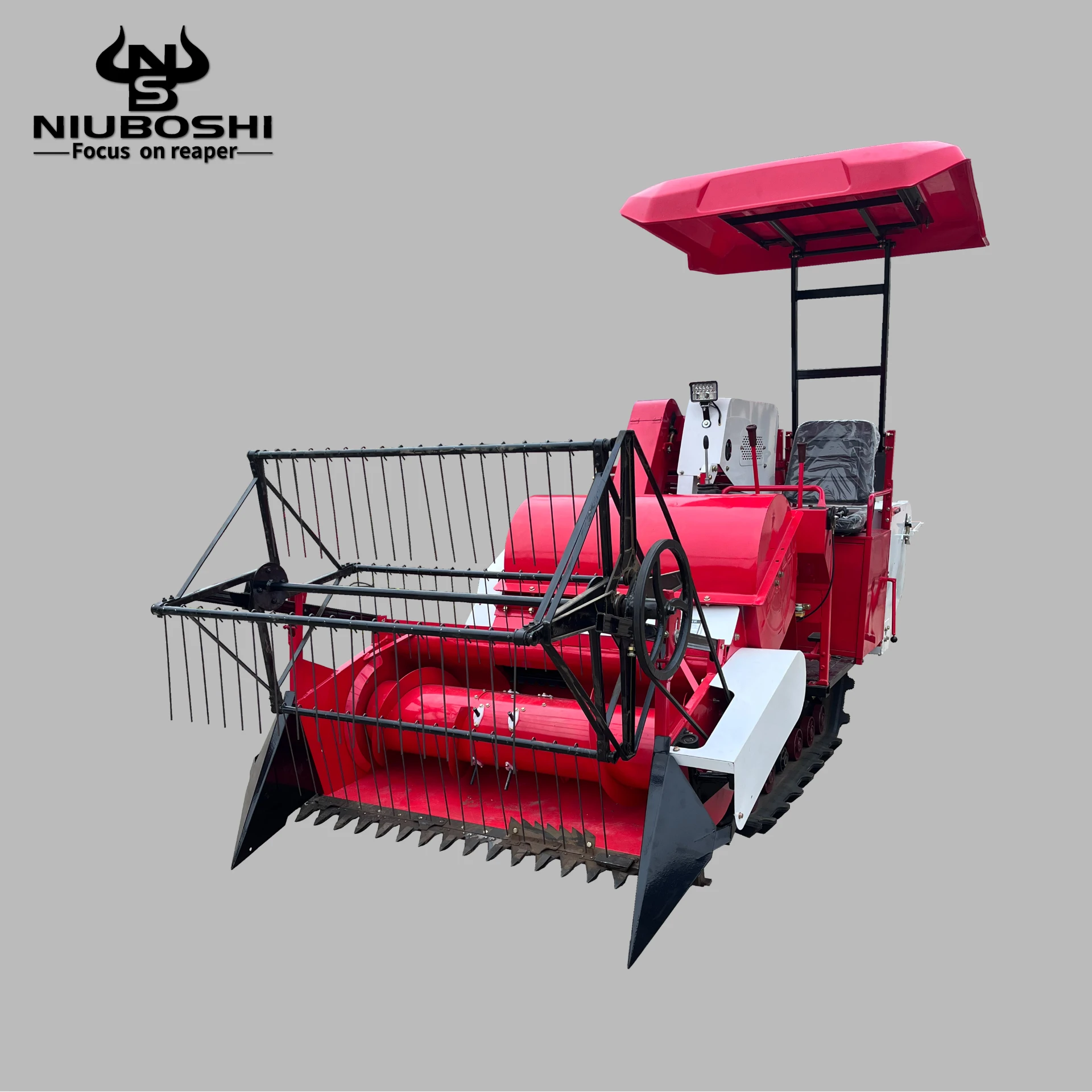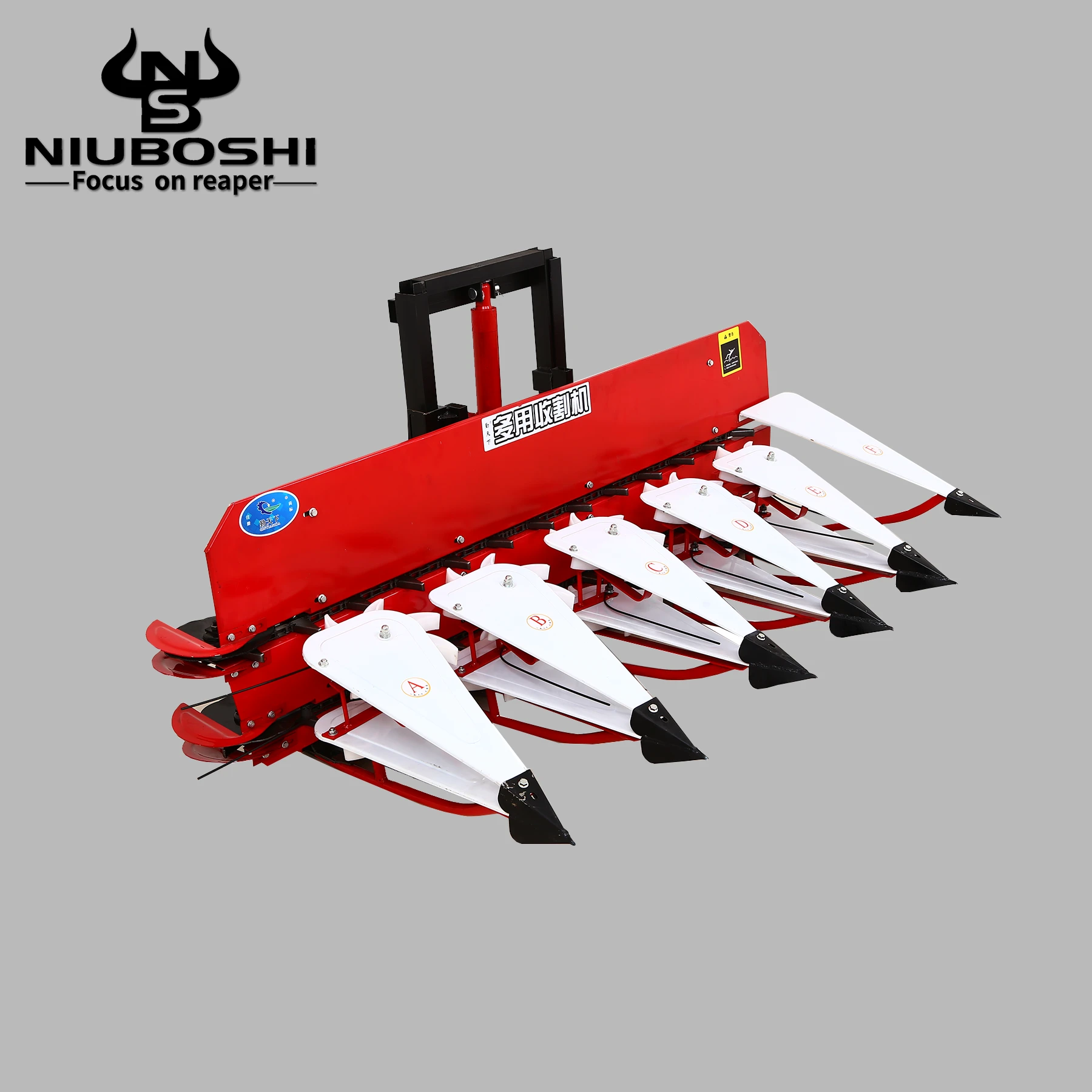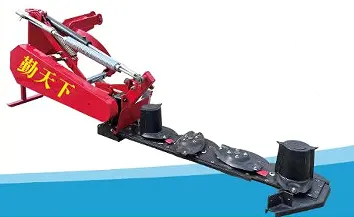Forage Mower: Efficient Hay & Maize Harvester Machines
The Evolution of Forage Harvesting: Innovations in Forage Mower Technology
The agricultural sector is continually evolving, driven by the demand for higher efficiency, sustainability, and quality in crop production. Central to this evolution is the advancement of harvesting machinery, particularly the forage mower. These specialized machines are indispensable for livestock farmers and agricultural enterprises engaged in the production of hay, silage, and other animal feed. Modern forage mowers, such as the Niuboshi Disc Mower, are engineered to handle diverse crop types, from delicate alfalfa to robust maize, ensuring optimal nutrient retention and consistent feed quality. The industry is witnessing a significant shift towards automated, precise, and energy-efficient solutions, moving beyond traditional harvesting methods to embrace technologies that maximize yield and minimize operational costs. This section delves into the contemporary trends shaping the forage harvesting landscape, highlighting the technological breakthroughs that redefine efficiency and productivity in feed production.
Current industry trends indicate a strong focus on enhancing machine versatility and reducing environmental impact. Manufacturers are integrating advanced sensor technologies and GPS guidance systems to achieve precision cutting, which not only improves fodder quality but also reduces fuel consumption. The design of cutting mechanisms has also seen significant improvements, with a shift towards disc mowers that offer cleaner cuts and better terrain adaptation compared to traditional sickle bar mowers. Furthermore, the push for more durable and low-maintenance equipment is paramount, driven by the need for continuous operation during critical harvesting windows. Solutions like the Niuboshi Disc Mower exemplify these trends, offering robust construction and innovative features designed for high-performance and extended service life in demanding agricultural environments.
Technical Parameters and Advanced Specifications of Forage Mowers
Understanding the technical specifications of a forage mower is crucial for optimizing its performance and ensuring it meets specific operational requirements. Key parameters include cutting width, power requirement, number of discs or blades, working speed, and overall dimensions. These metrics directly impact the machine's efficiency, compatibility with tractors, and suitability for various field sizes and crop types. For instance, a wider cutting width significantly reduces the time required to harvest large fields, while a higher number of discs generally translates to a finer, more consistent cut, which is vital for quality silage production. The power requirement, typically expressed in horsepower (HP), dictates the minimum tractor size needed to operate the mower effectively.
Beyond these fundamental parameters, advanced forage mower designs incorporate features such as hydraulic lifting systems for easy transport, stone guards to protect the cutting mechanism from foreign objects, and adjustable cutting heights to suit various crop conditions and desired stubble lengths. Some models offer conditioner options, which are crucial for accelerating the drying process of hay by crimping or bruising the cut forage, significantly reducing field curing time. The integration of robust gearbox designs and high-strength steel components ensures prolonged operational life and minimizes downtime, a critical factor for professional agricultural operations that depend on reliable machinery during peak seasons.
Craftsmanship and Manufacturing Excellence of Niuboshi Forage Mowers
The superior performance and durability of the Niuboshi Disc Mower stem from a meticulous manufacturing process that adheres to the highest engineering and quality standards. Our production workflow begins with the selection of premium-grade materials, primarily high-strength alloy steels for critical components such as cutting discs, blades, and gearboxes. These materials are chosen for their exceptional wear resistance, fatigue strength, and impact toughness, essential for enduring the rigorous demands of continuous field operation. Specialized treatments, including heat treatment for blades and anti-corrosion coatings for the chassis, significantly extend the service life of the machine, ensuring reliable performance across diverse climatic conditions.
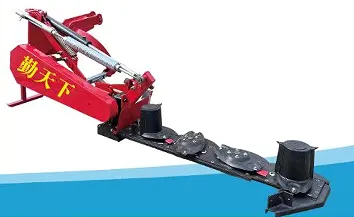
The manufacturing process integrates state-of-the-art techniques, including precision CNC machining for components requiring tight tolerances, advanced laser cutting for steel plates, and robotic welding for structural integrity. Each cutting disc undergoes dynamic balancing to minimize vibration and enhance operational stability, critical for achieving a clean and uniform cut. Our adherence to international quality management systems, specifically ISO 9001:2015, ensures that every stage, from raw material inspection to final assembly, meets stringent quality benchmarks. Furthermore, components are subjected to rigorous testing, including material composition analysis, hardness tests, and fatigue strength assessments, exceeding industry standards to guarantee exceptional reliability and safety. The robust construction and precision engineering mean that our forage mower units offer an extended operational lifespan, reducing the total cost of ownership for our clients.
In typical application scenarios, the Niuboshi Disc Mower excels in delivering energy-efficient operation due to its optimized power transmission system and aerodynamic disc design, which minimizes resistance and maximizes cutting efficiency. Its robust build provides superior resistance to corrosion, thanks to multi-layer protective coatings, making it suitable for long-term use in various environments without significant degradation. These advantages translate into higher operational uptime, reduced maintenance, and ultimately, greater profitability for agricultural businesses seeking high-performance forage harvesting solutions.
Applications and Technical Advantages in Diverse Agricultural Settings
The versatility of a well-designed forage mower allows its deployment across a wide array of agricultural applications, from small family farms to large-scale commercial operations. The Niuboshi Disc Mower is ideally suited for harvesting various types of forage, including perennial grasses, legumes like alfalfa and clover, and annual crops such as oats and maize. For hay production, its ability to cut cleanly and efficiently without causing excessive contamination with soil is paramount. In silage making, the machine's capacity to handle dense, high-moisture crops, often followed by a forage plot harvester or a maize harvester machine for collection, ensures consistent material flow for optimal fermentation.
A primary technical advantage of modern disc mowers over older systems, such as reciprocating mowers, lies in their higher operating speed and reduced susceptibility to clogging, particularly in dense or tangled crops. The Niuboshi Disc Mower’s high-speed rotating discs provide a clean, scissor-like cut that promotes rapid regrowth and minimizes damage to the root system of perennial forage crops. This efficiency is critical during narrow harvesting windows, allowing farmers to maximize their yield and quality before adverse weather conditions set in. Furthermore, the robust driveline and protected cutting bar significantly reduce maintenance requirements and increase operational uptime. Whether it's a dedicated hay harvester for curing or a component in a larger silage system alongside a mini maize harvester machine, the adaptability and efficiency of the modern forage mower stand out.
Beyond cutting efficiency, modern forage mower designs prioritize operator safety and ease of maintenance. Features like breakaway systems protect the mower from impact damage, while easily accessible grease points and quick-change blade systems reduce service time. These elements contribute to a machine that is not only productive in the field but also cost-effective to operate over its extensive lifespan, making it a sound investment for any agricultural enterprise focused on maximizing forage quality and quantity.
Manufacturer Comparison and Custom Solutions
When selecting a forage mower, B2B decision-makers often compare offerings from various manufacturers, scrutinizing aspects like build quality, technological features, after-sales support, and pricing. While many brands offer reliable machines, Niuboshi distinguishes itself through a blend of robust engineering, material superiority, and a commitment to customer-specific solutions. Our approach focuses on long-term value, emphasizing durability and performance that translates into lower operational costs and higher productivity for our clients. For instance, our Niuboshi Disc Mower often features heavier-duty gearboxes and more robust frame construction compared to some competitors in the same price segment, offering enhanced reliability under demanding conditions.
Niuboshi also offers extensive customization options to meet unique farm requirements. This includes variations in cutting width, specialized conditioning systems (roller or tine conditioners), and integration with specific tractor models or existing harvesting lines. Our engineers work closely with clients to understand their precise needs, whether it's optimizing for specific crop types like forage plot harvester setups, or configuring for challenging terrains. This bespoke approach ensures that clients receive a forage mower that is perfectly aligned with their operational objectives, maximizing their return on investment. Our long service history in the agricultural machinery sector and numerous successful client partnerships underline our authority and trustworthiness as a leading supplier.
Commitment to Trust and Support: FAQs and Client Services
At Niuboshi, building trust with our clients is paramount, underpinned by our transparent service policies, reliable product delivery, and comprehensive post-sales support. We understand that purchasing agricultural machinery is a significant investment, and our commitment extends far beyond the point of sale. Each Niuboshi Disc Mower comes with a robust warranty, typically 1 to 2 years depending on the model and specific components, covering manufacturing defects and ensuring peace of mind. Our dedicated customer support team is available to assist with technical queries, spare parts ordering, and operational guidance, ensuring minimal downtime for our clients during critical harvesting periods.
Frequently Asked Questions (FAQs)
-
Q: What is the typical lead time for a Niuboshi Disc Mower order?
A: Standard models typically have a lead time of 2-4 weeks from order confirmation to dispatch. Custom configurations may require slightly longer, usually 4-6 weeks, depending on the complexity. -
Q: What kind of warranty do you offer on your forage mower?
A: We offer a standard 1-year warranty on major components and manufacturing defects for our Niuboshi Disc Mowers. Extended warranty options are available upon request. -
Q: Are spare parts readily available?
A: Yes, we maintain a comprehensive inventory of genuine spare parts for all Niuboshi Disc Mower models to ensure quick availability and minimize potential downtime for our clients. -
Q: Can the Niuboshi Disc Mower handle rocky terrain?
A: While designed for robust performance, extremely rocky terrains should be navigated with caution. Our disc mowers feature a breakaway system to protect the cutting bar from significant impacts, but pre-clearing fields of large obstacles is always recommended for optimal machine longevity.
Our commitment to long-term partnerships is further demonstrated through our comprehensive after-sales service, including technical guidance, maintenance tips, and rapid response for any operational issues. We pride ourselves on transparent communication regarding delivery schedules and support needs, solidifying our reputation as a trusted provider of high-quality agricultural machinery. This holistic approach ensures that every forage mower purchased from Niuboshi delivers sustained value and performance.
References
- Smith, J. A., & Peterson, R. L. (2022). "Advances in Forage Harvesting Technologies for Sustainable Agriculture." Journal of Agricultural Engineering and Technology, 45(3), 210-225.
- Agricultural Research Service (ARS), U.S. Department of Agriculture. (2023). Best Management Practices for Forage Crop Production and Harvesting. ARS Technical Report No. 1234.
- International Organization for Standardization (ISO). (2015). ISO 9001:2015 Quality Management Systems – Requirements.
- European Committee for Standardization (CEN). (2018). EN ISO 4254-1: Agricultural machinery – Safety – Part 1: General requirements.
Latest news
-
Mini Combine Harvester for Paddy – Compact, Efficient Rice Harvesting SolutionsNewsNov.24,2025
-
Mini Chain Harvester: Compact Forestry Solutions for Sustainable LoggingNewsNov.23,2025
-
Kartar Mini Harvester – Compact, Efficient Harvesting Machinery for Small FarmsNewsNov.23,2025
-
Compact Power: Elevate Your Farming with Harvesting Machine SmallNewsNov.22,2025
-
Discover the Power and Potential of Harvester Mini Combine Machines | Efficient Small-Scale HarvestingNewsNov.22,2025
-
Compact Harvester Machines: Small-Scale Agriculture’s Big AdvantageNewsNov.21,2025
